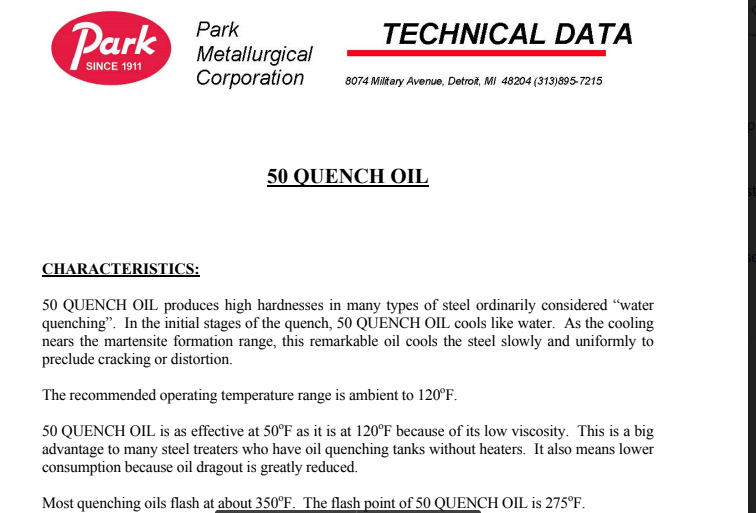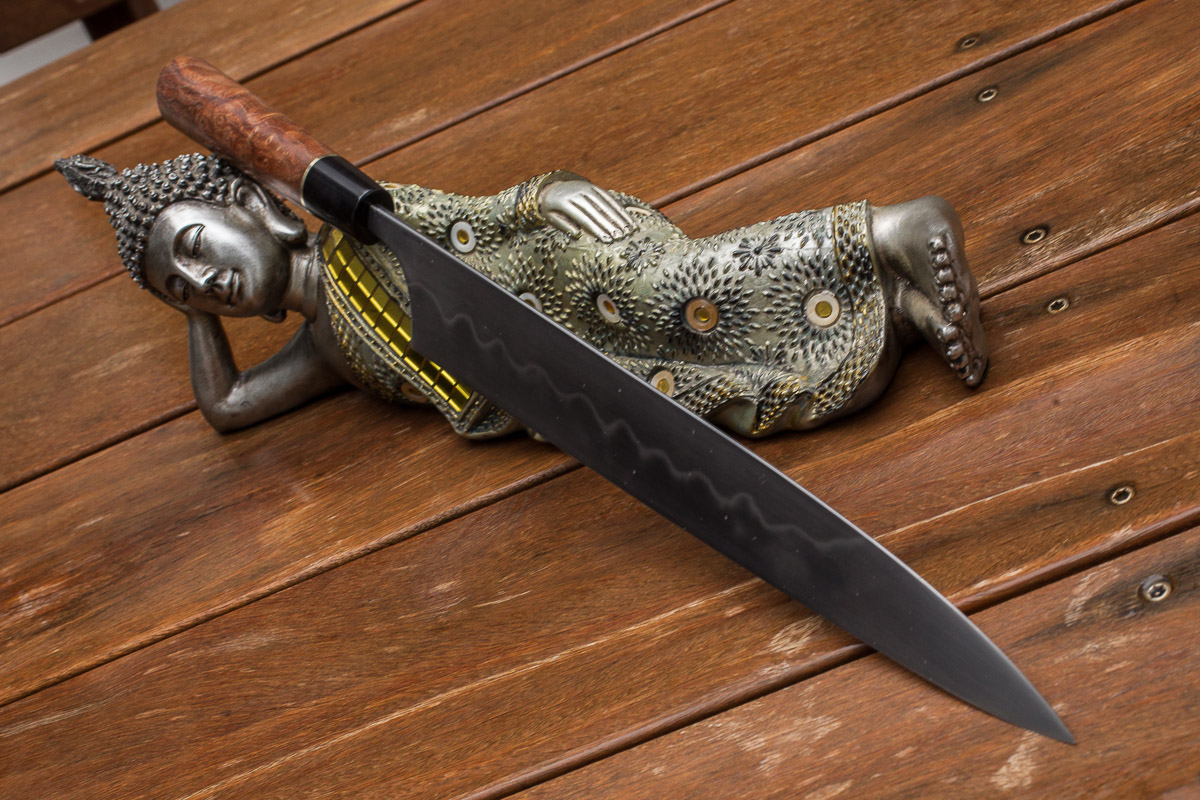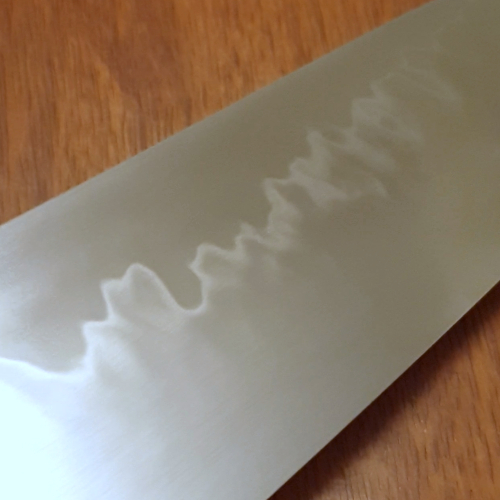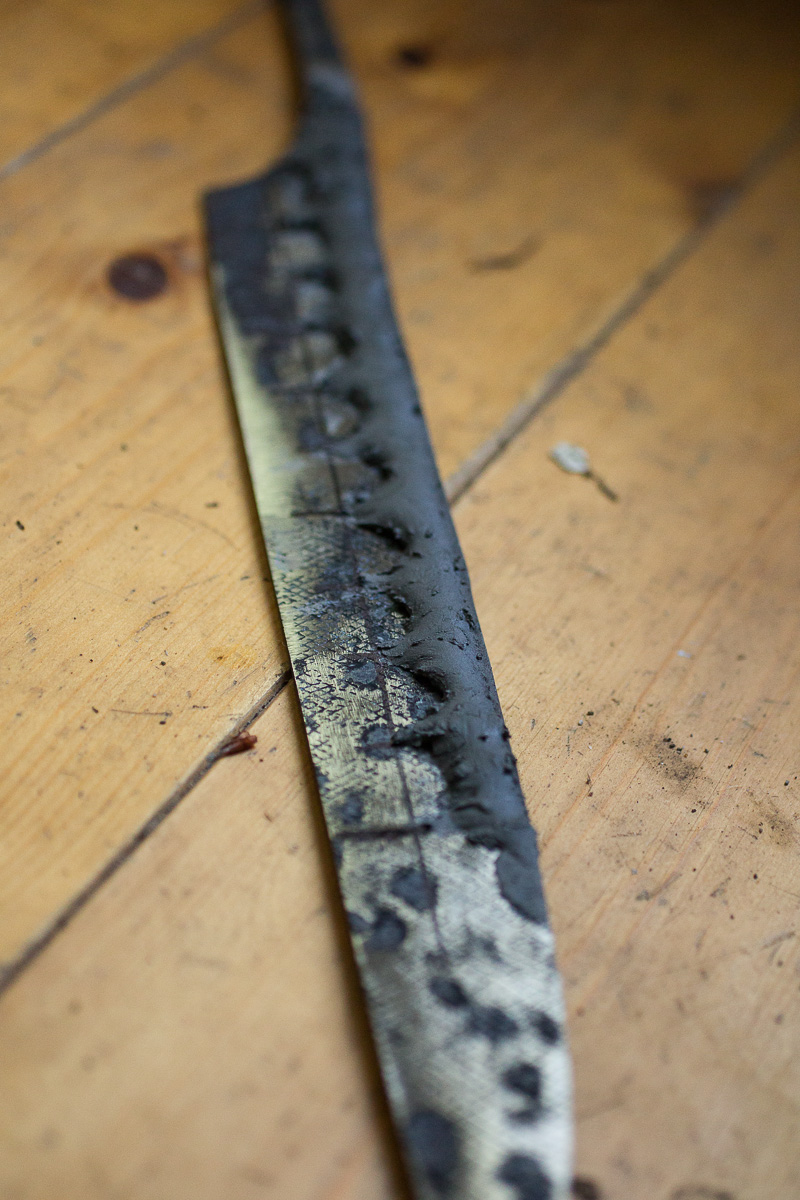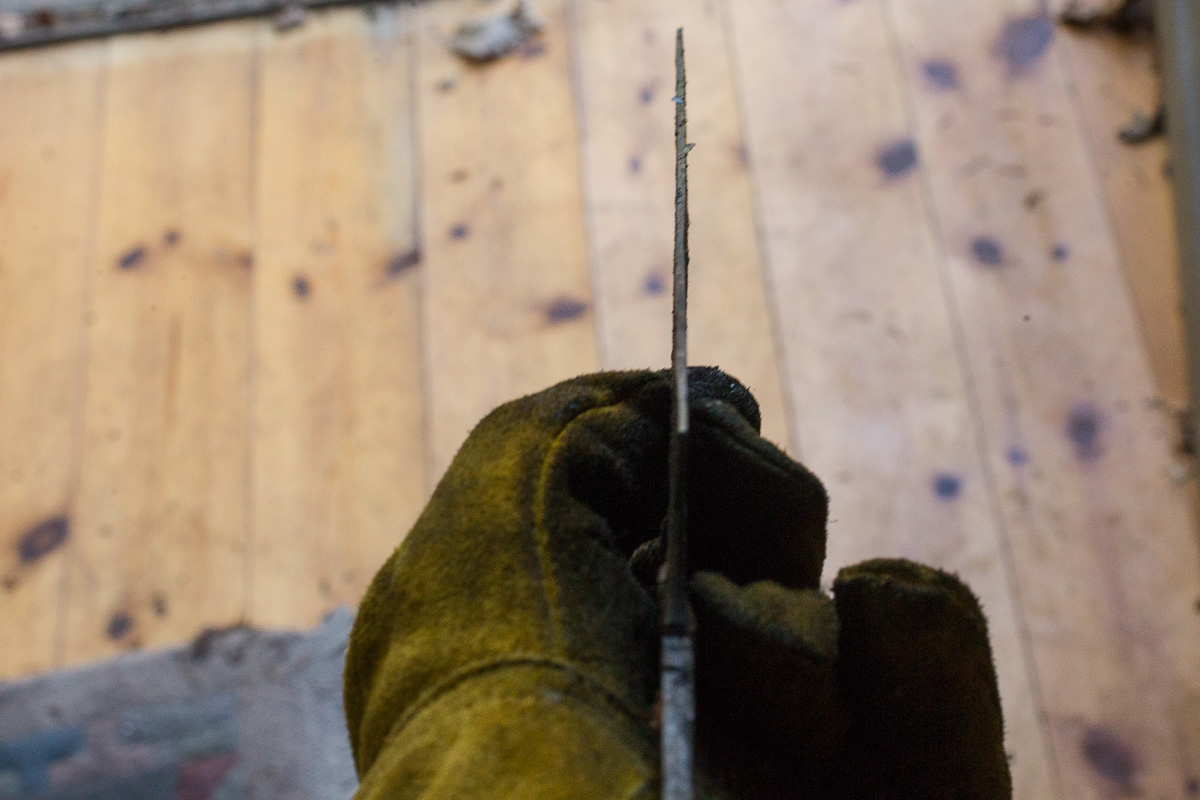Tim Rowland
KKF Sponsor
So I got to thinking the other day after having a discussion with a local maker about fast quenching oils that are used for steels like (1095/w1/w2/26c3) the standard being Parks 50 and wanted to get some weigh in from other makers on their preference of fast quenching engineered oils.
So I guess 3 parts:
1. Do you stick with Parks 50 because of its reliability and reputation?
2. Have you tried other fast quench engineered oils? If so any successes or failures regarding full hardening/ hamon definition/quench scale?
3. Any successes or failures in trying a 2 stage quench? few seconds water/into medium quenching oil.
Knowing that we have some great makers that read through and post on the forums regularly I was really curious as to everyone's thoughts/opinions.
So I guess 3 parts:
1. Do you stick with Parks 50 because of its reliability and reputation?
2. Have you tried other fast quench engineered oils? If so any successes or failures regarding full hardening/ hamon definition/quench scale?
3. Any successes or failures in trying a 2 stage quench? few seconds water/into medium quenching oil.
Knowing that we have some great makers that read through and post on the forums regularly I was really curious as to everyone's thoughts/opinions.





